Watch video: Home photography ideas – Backyard bird photos
Photography projects at home
• Home photography ideas
Useful home photography kit
• Best tripods
• Best lighting kits
• Best reflectors
• Best macro lenses
Getting great bird shots can be a real challenge if you're observing the lockdown and social distancing. So here are some great tips to do some birding right from your back yard – along with the secrets to either arrest or capture movement, which is all down to shutter speed.
Mastering shutter speed is an essential part of the exposure triangle. With it we can freeze motion or blur subjects into long indistinct shapes. Bird photography typically revolves around the former, where you employ a fast shutter speed to freeze a fast-moving subject.
The quick opening and closing of the shutter captures a tiny slither of time on the image sensor, and if the aperture and ISO are appropriate then the image captures even the fastest of movements as if they were stood perfectly still.
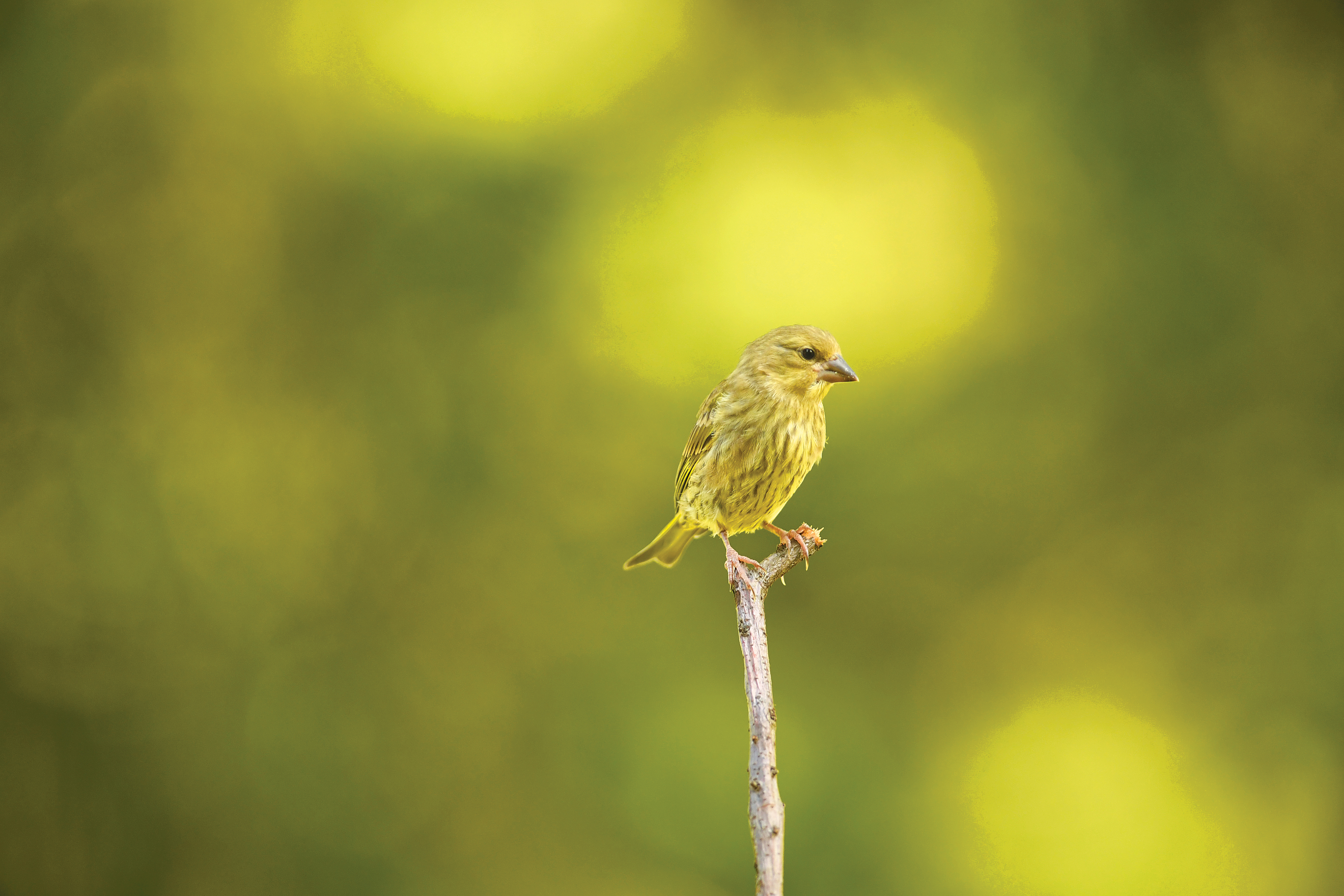
However, it’s also possible to get creative and suggest movement by slowing down your shutter speed. In this way you can capture an impressionistic blur of motion, giving your feathered subjects a more dynamic representation.
The way you use shutter speed to arrest or capture movement is entirely down to you – there's no right or wrong answer, so it's down to your own creative choice on what you'd prefer to shoot. And since you can practice in your own back yard, there's no better time to experiment!
• Best online photography courses
Capture moving subjects
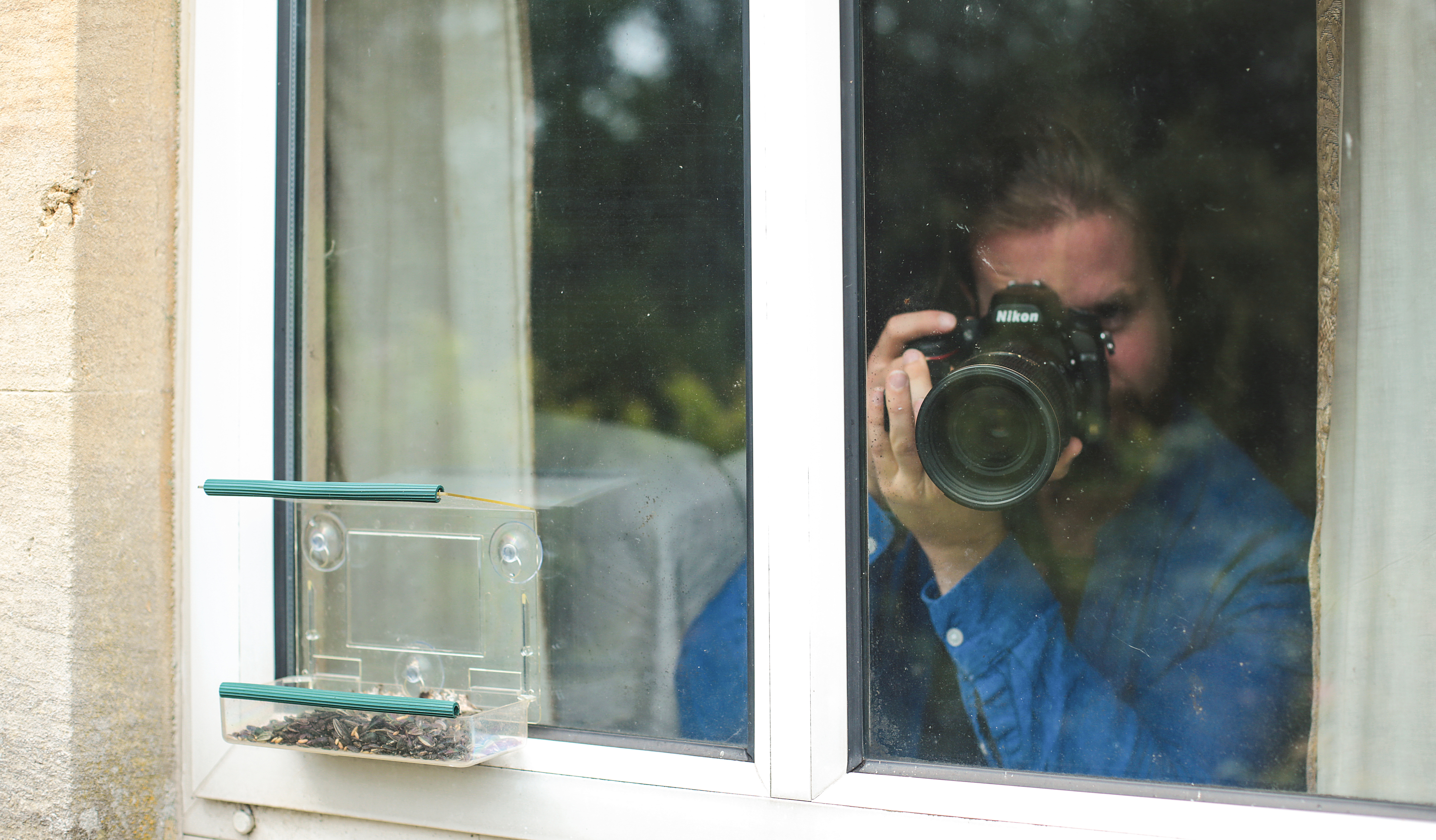
01 Location and birds
Shooting from is your own home, through a window, means that you can bait the birds with seed and have them come to you. Practicing in your backyard is a great way to get comfortable with the technique without braving the outdoors.
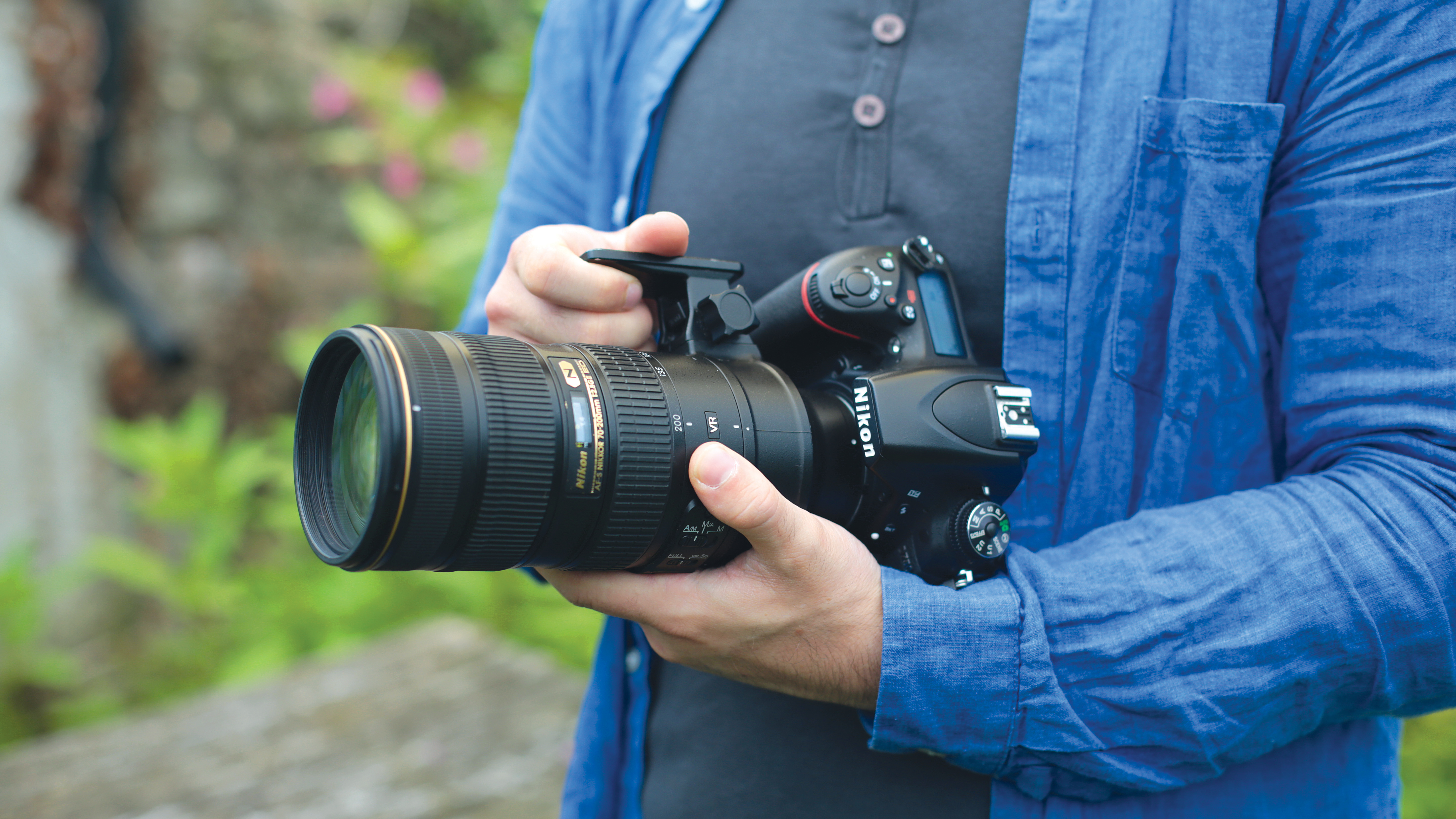
02 Telephoto zoom
Since you’re likely to be a good distance away from your feathered friends, you’ll want to use a telephoto lens to get close in to the action. We’re using a 70-200mm lens, which gives us a little bit of space around the birds, making it easier to track them in flight.
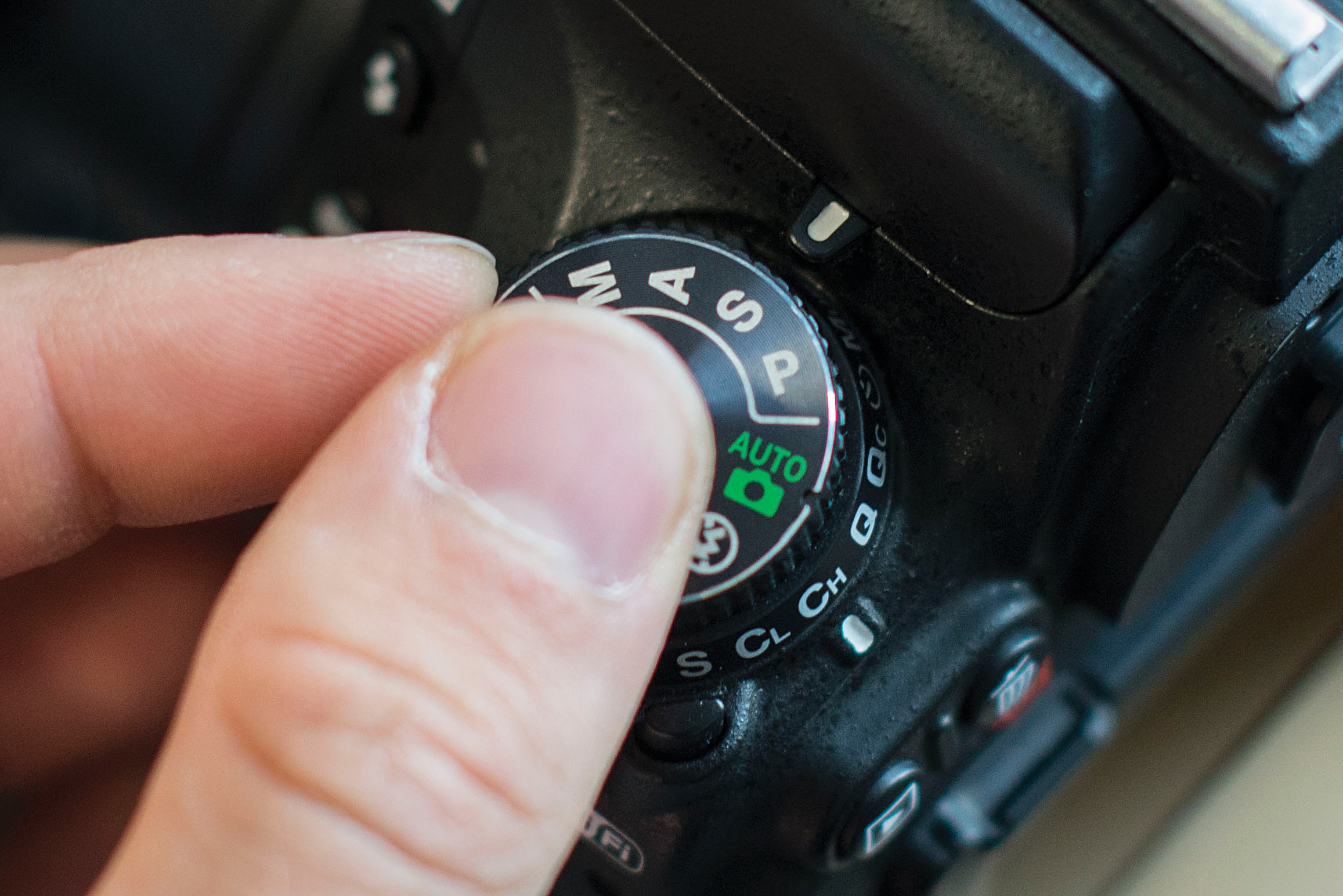
03 Shutter priority
To freeze the action you’ll need a fast shutter speed. Follow the law of reciprocals, so if your focal length is 200mm then use 1/200 sec or faster to freeze movement. You want your shutter speed as fast as possible for sharp shots.
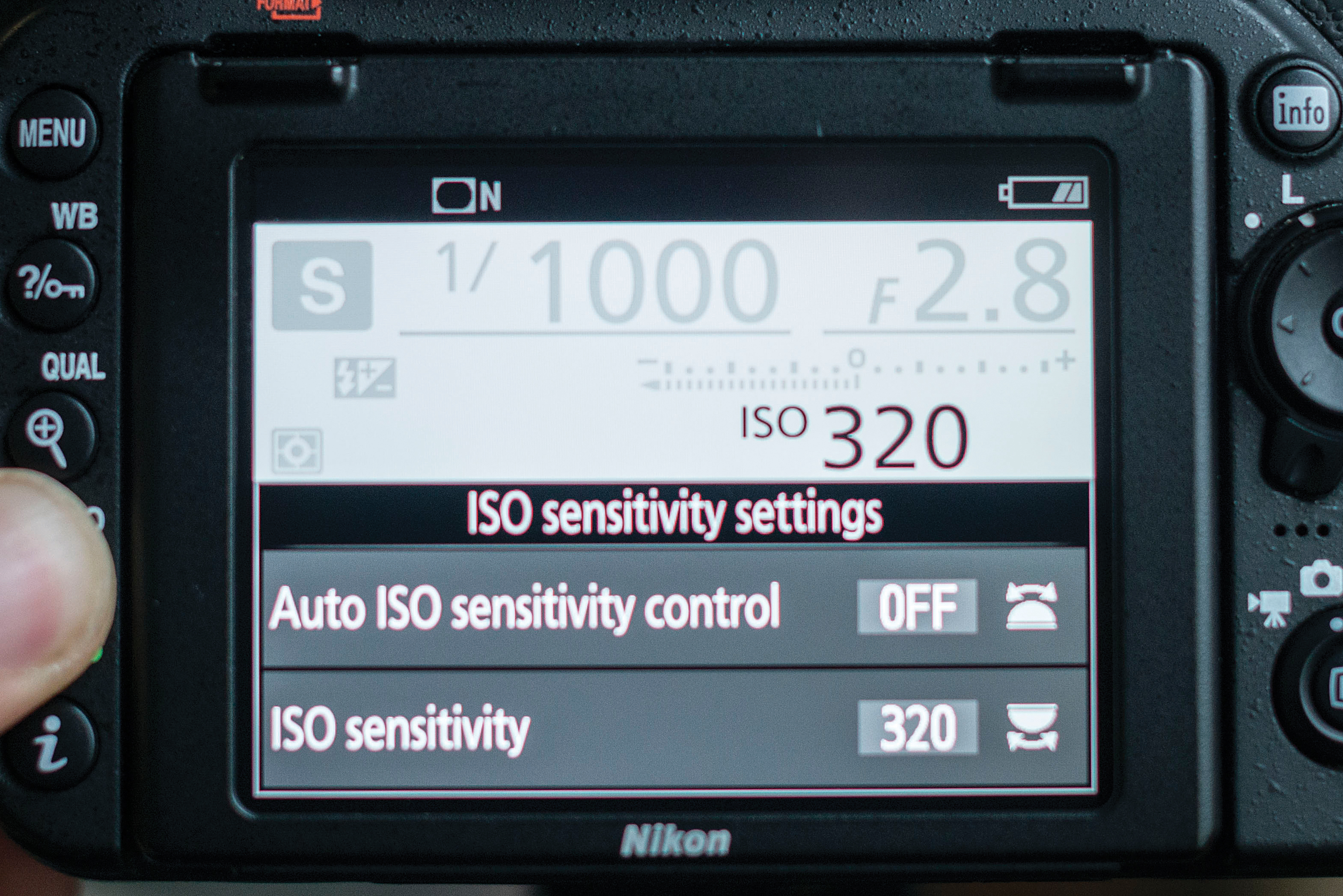
04 Let the light in
To attain a fast shutter speed, your camera will designate a wide aperture to allow more light to reach the image sensor. Sometimes, though, even with a wide aperture the image will be too dark at fast shutter speeds, so you’ll need to increase your ISO to compensate.
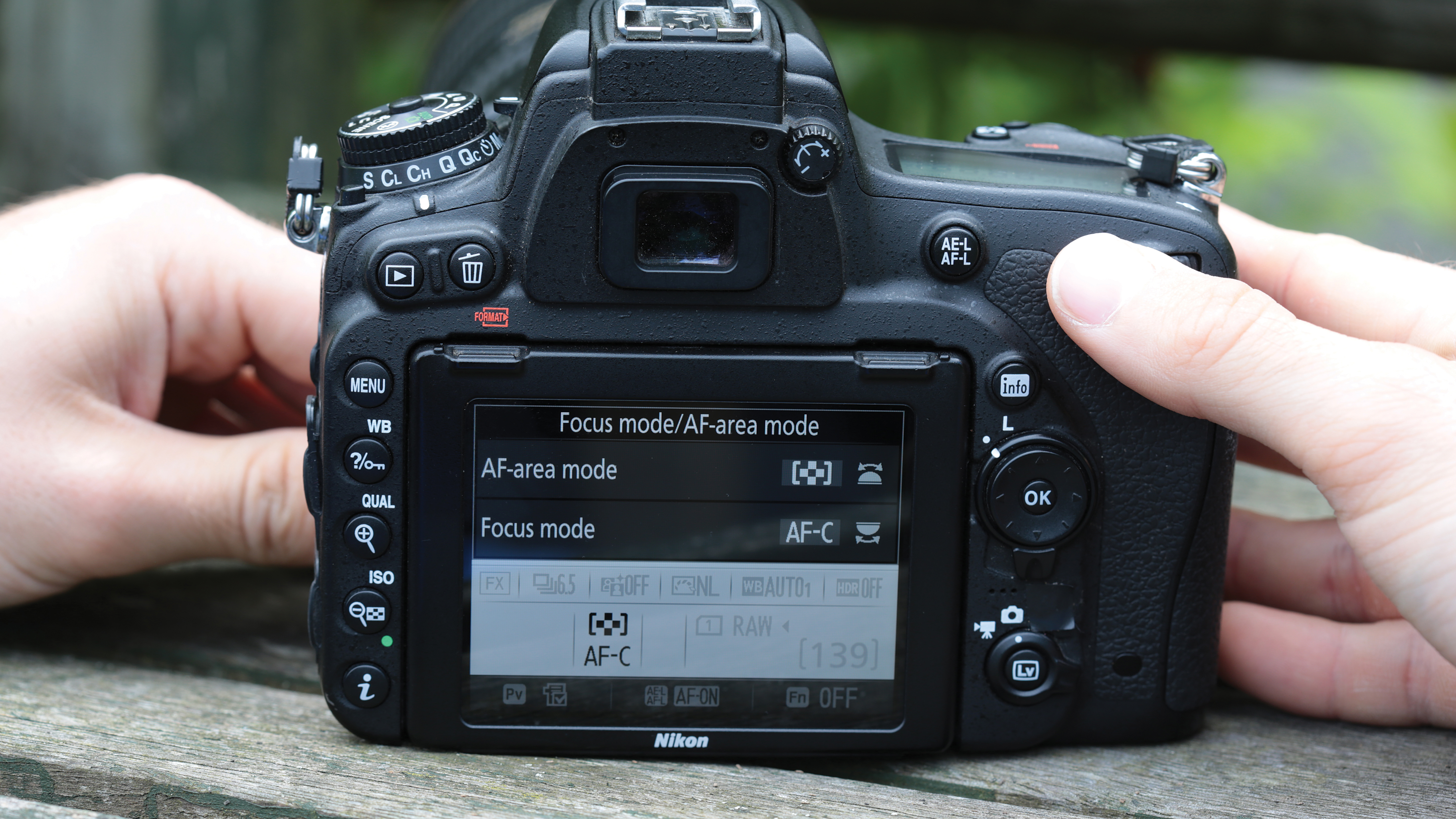
05 Autofocus
Engage ‘group’ autofocus mode to give your camera a larger area to search for focus. Enabling continuous autofocus also negates the need for constant refocusing with the shutter button, which speeds up shooting and increases your hit rate when the birds are out.
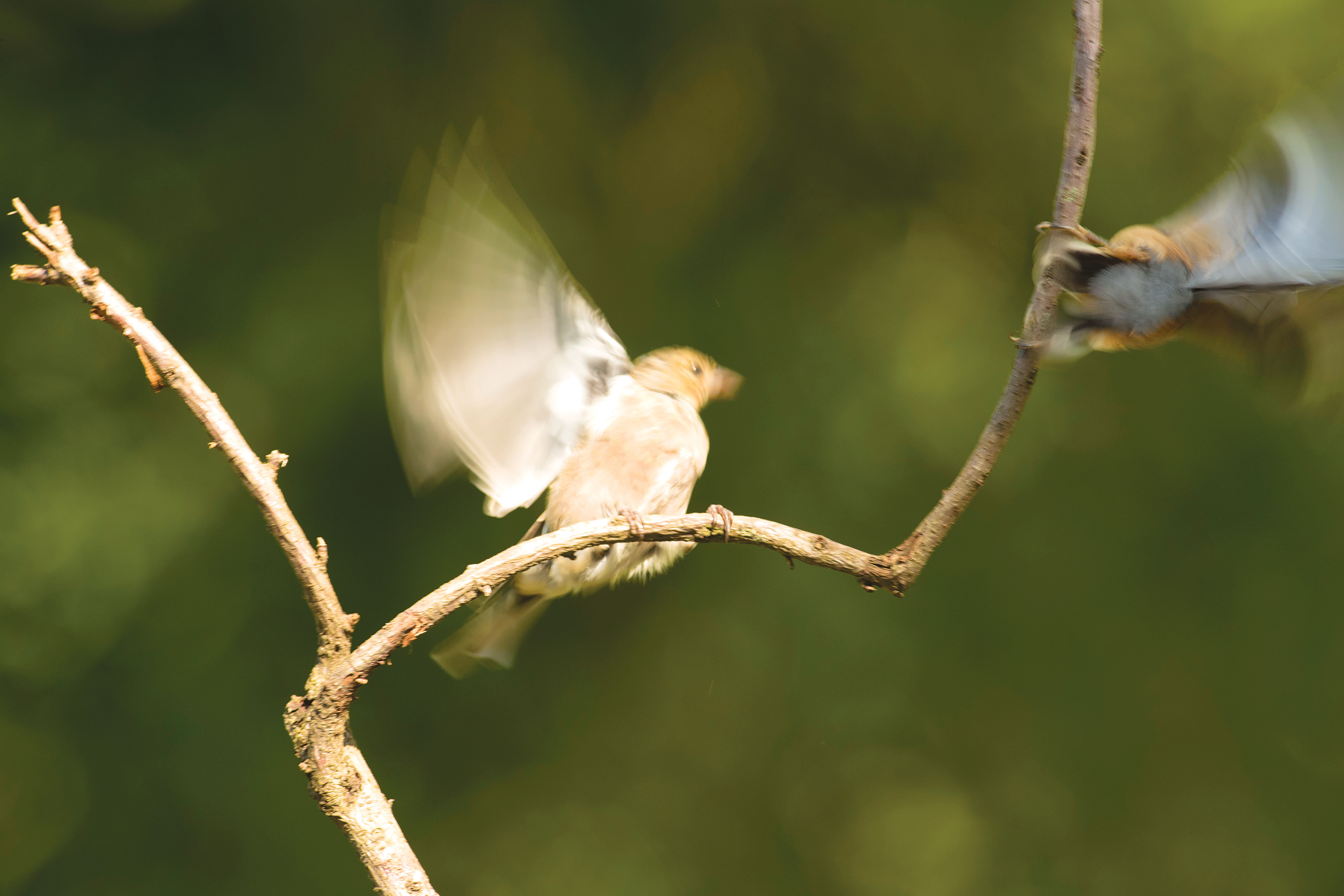
06 Slow down
Once the fast shots are nailed, it’s time to experiment! Slow down your shutter speed just enough to blur the wings as birds land – we used 1/100 sec (you may need to lower your ISO accordingly). This creative use of blurring is quite flattering in the right situation.
N-Photo: The Nikon Magazine is a monthly publication that's entirely dedicated to Nikon users. For the best news, reviews, projects and more, subscribe to N-Photo today!
Read more:
The best lenses for bird photography
Best telephoto lens: top zooms for your camera
The best 70-200mm lens: top constant-aperture telephoto zooms
Get the Digital Camera World Newsletter
The best camera deals, reviews, product advice, and unmissable photography news, direct to your inbox!
N-Photo: The Nikon Magazine is a monthly publication that's entirely dedicated to Nikon users. As a 100% independent magazine, you can be assured of unbiased opinion from a trustworthy team of devoted photography experts including editor Adam Waring and Deputy Editor Mike Harris.
Aimed at all users, from camera newcomers to working pros, every issue is packed with practical, Nikon-specific advice for taking better photos, in-depth reviews of Nikon-compatible gear, and inspiring projects and exciting video lessons for mastering camera, lens and Photoshop techniques.
Written by Nikon users for Nikon users, N-Photo is your one-stop shop for everything to do with cameras, lenses, tripods, bags, tips, tricks and techniques to get the most out of your photography.


